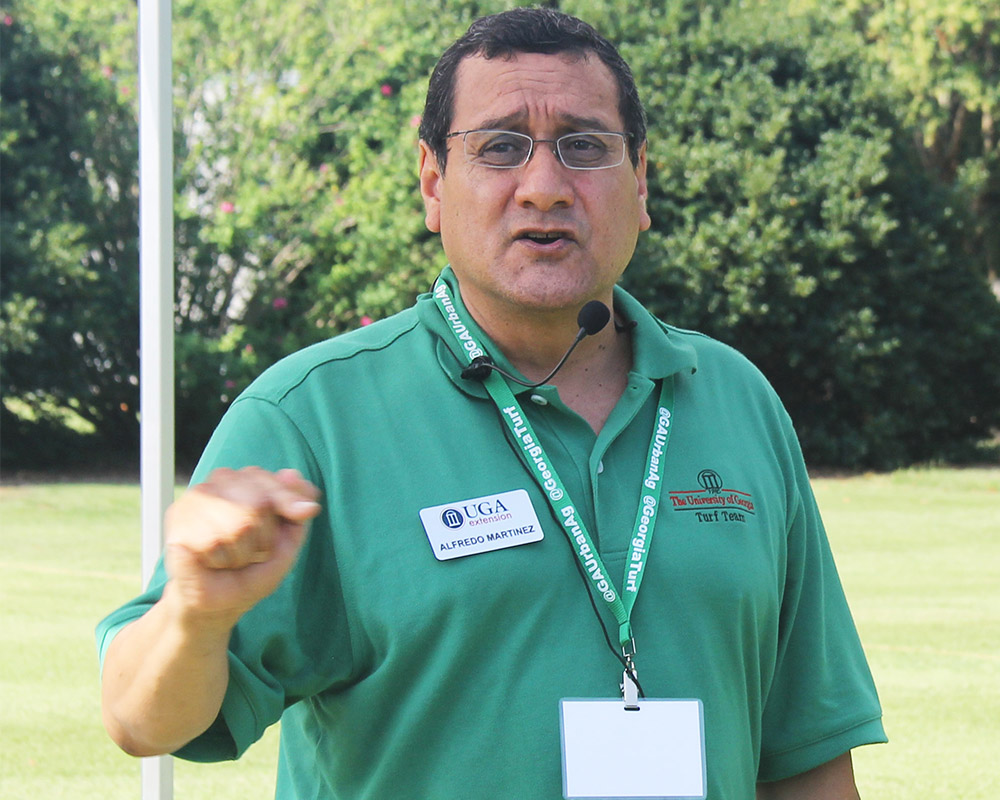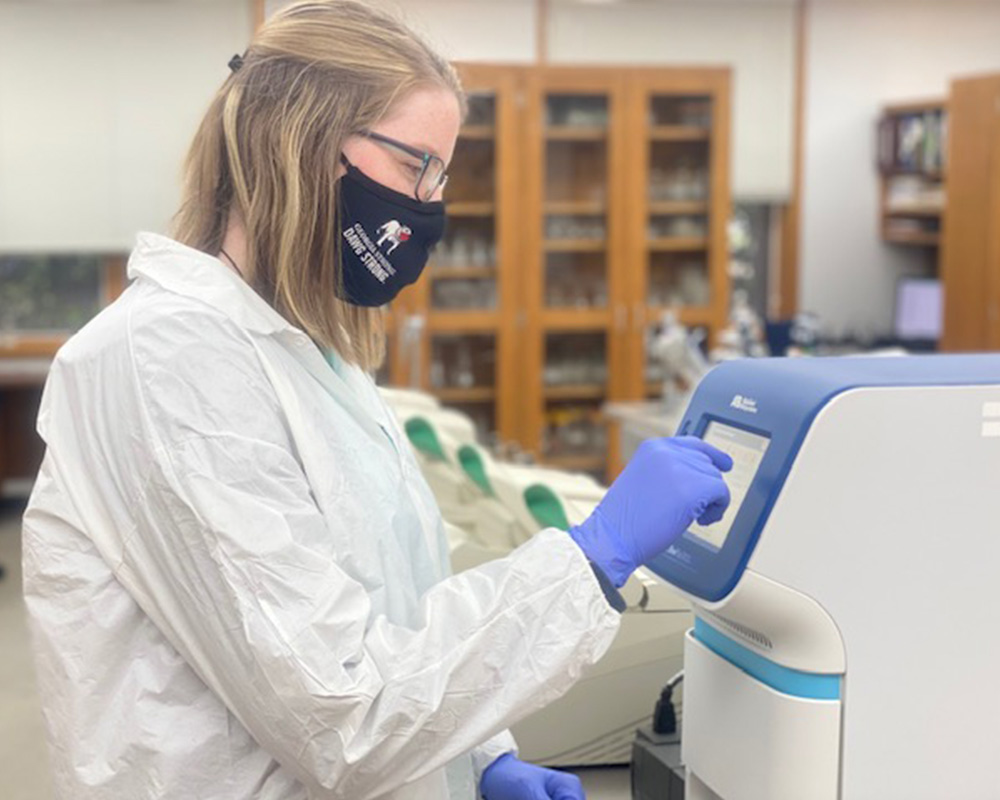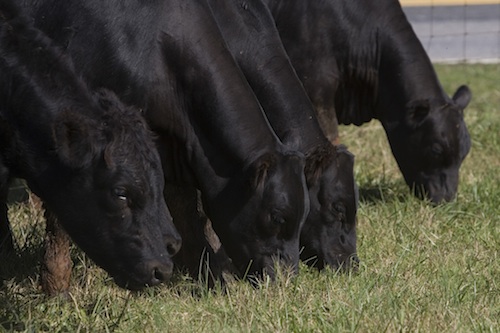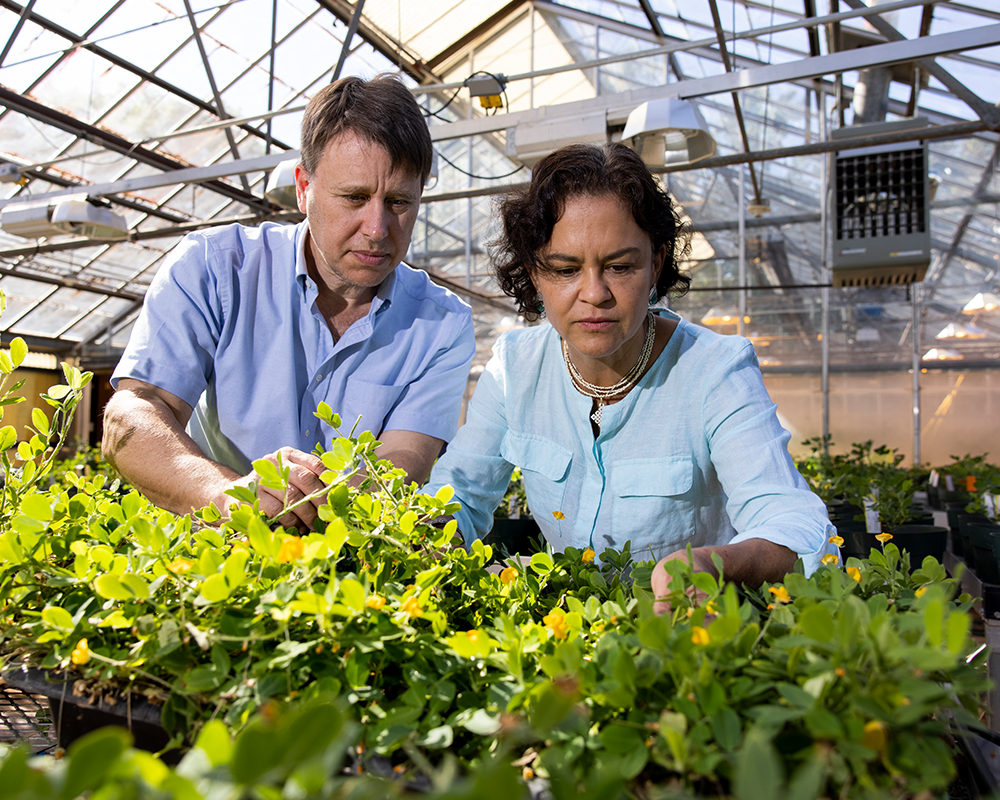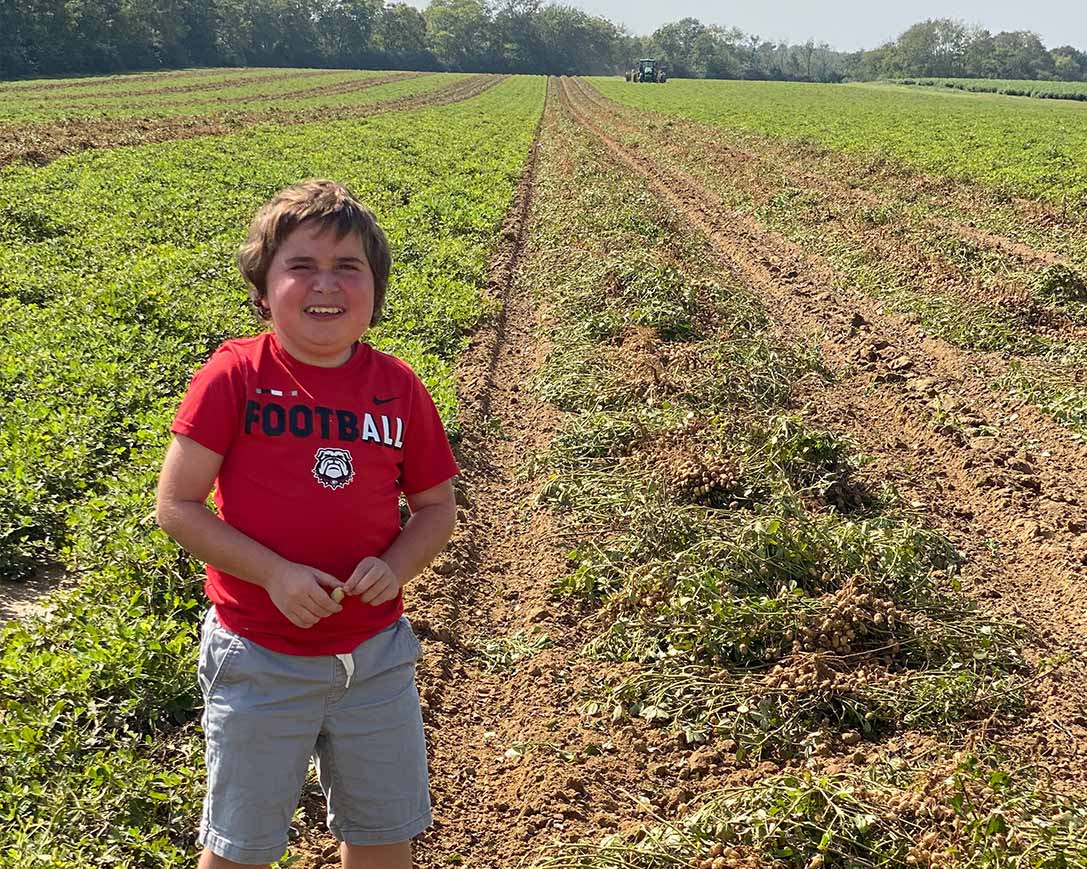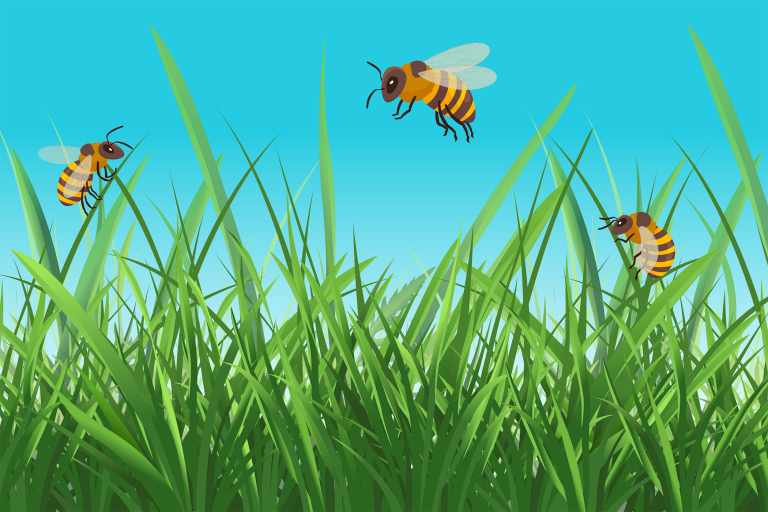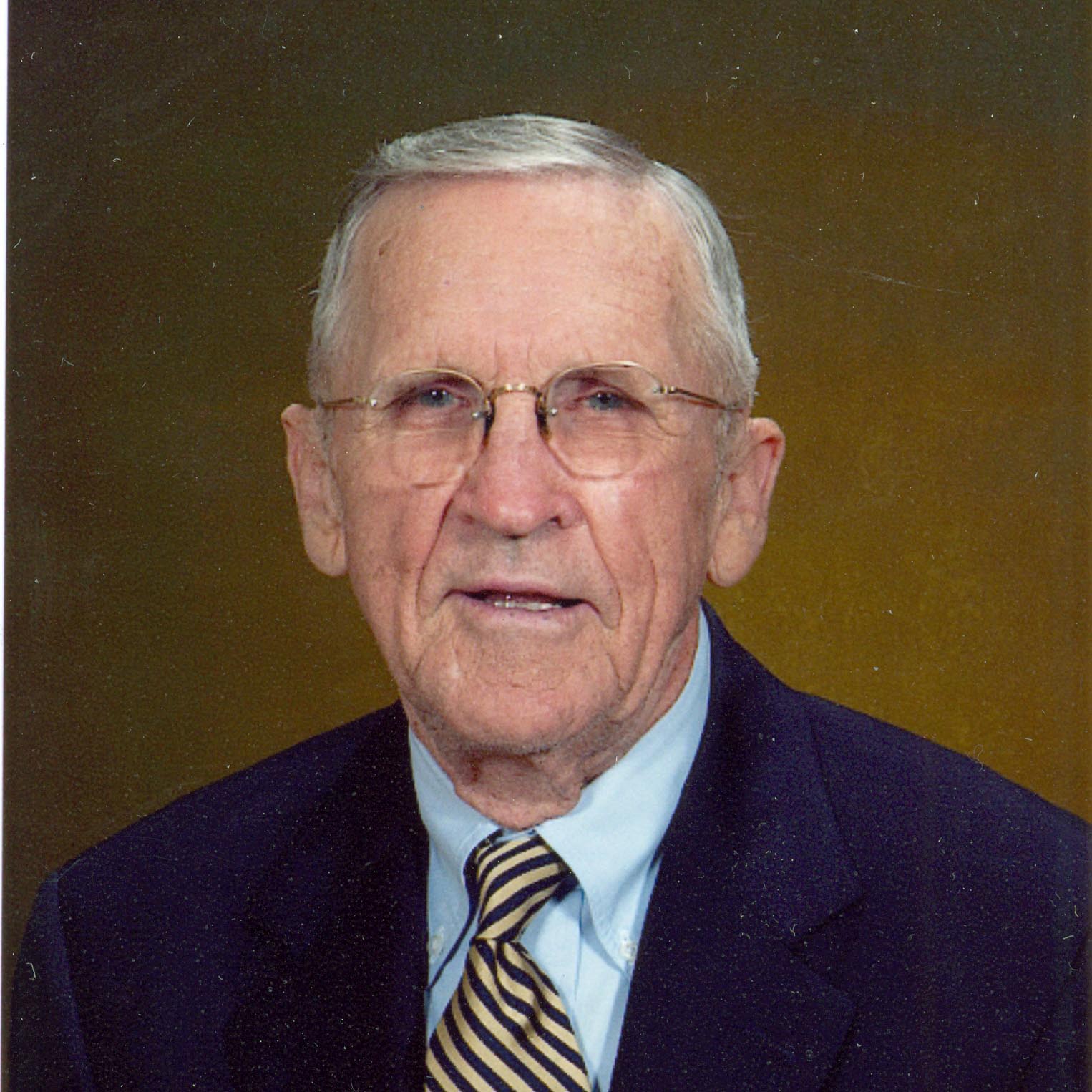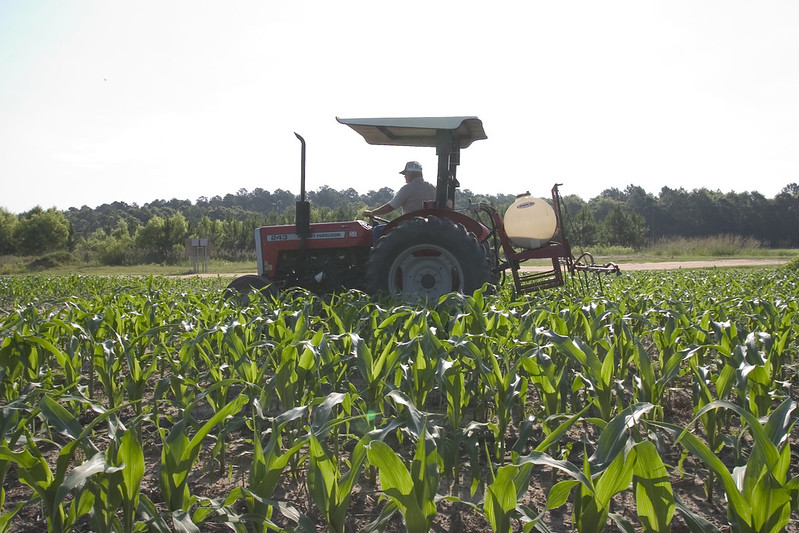 CAES News
CAES News
TifSport and TifGrand
The Summer Olympics may be in Japan this year, but Team USA was on home turf when they took the field for today’s Opening Ceremony. The Japan National Stadium’s field is currently sodded with TifSport bermudagrass, developed in south Georgia. One of many grass varieties created and tested at the University of Georgia’s Tifton Campus, TifSport is a dense, medium- to fine-textured grass bred to withstand the high traffic sports fields see while tolerating herbicides.

